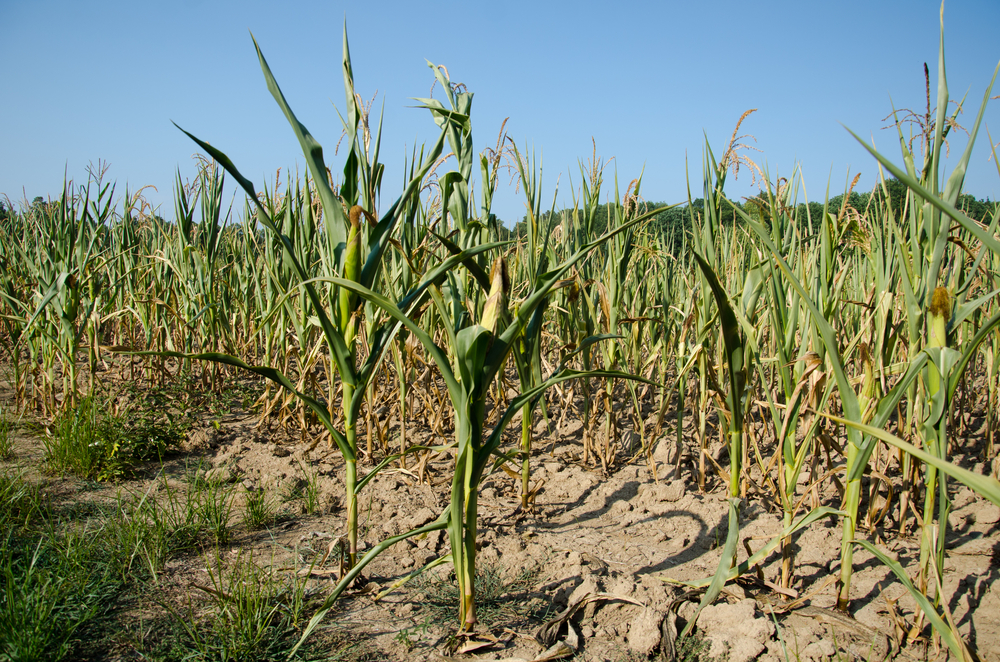An increase in discretionary spending, research on climate change and social justice lead the charge.

Last week, the Biden administration released its first annual budget proposal.
The proposal for 2022, totaling some $6 trillion, is a sweeping effort to improve the country’s infrastructure, social services and response to climate change. Seeing as how those improvements are all tied up in food and agriculture, let’s take a look at how the food industry could be affected by this proposal.
First things first: this is a massive proposal and even with effective majorities for the Democratic Party in Congress, the Biden administration would still have to pass two huge infrastructure bills (the American Jobs Plan and American Families Plan). Chris Clayton at DTN Progressive Farmer notes that these bills would involve raising the capital gains tax and capping what’s called the “stepped-up basis” for heirs. Basically, as things stand now, if you inherit something that gained in value during the time the person you inherit it from owned it, that thing is taxed at its current value, not the value it was purchased at. This allows heirs to sell, just for example, farmland that was purchased at a low price and which is now worth much more, and escape having to pay much, or anything, in the way of taxes from the sale. Biden’s proposal would only affect those heirs who inherited stuff worth more than $1 million, but farmland is worth an awful lot of money and some farm groups are very worried about having to pay taxes to sell these valuable properties.
On the other hand, according to an analysis from the University of Pennsylvania, that cap could net the government revenue of around $113 billion, which can be used for all kinds of programs.
As far as the USDA is concerned, the proposal would reduce mandatory spending compared to last year, which is understandable given how much money was given to the USDA to try to mitigate the damage from the COVID-19 pandemic. It’s a reduction, but it’s more like a return to previous levels. But discretionary funding, which is set each year by Congress, would increase by about 16 percent over 2021.
Funding for the WIC program, which provides special nutrition money for women and infant children, would rise significantly. The funding for the Supplemental Nutrition Assistance Program, or SNAP, is technically a bit lower than 2021, at $105.8 billion compared to last year’s $114 billion, but that’s far higher than in pre-COVID-19 years; in 2020, that number was set at only $67.8 billion. SNAP has been a major success story for the USDA and Biden’s proposal would keep funding it at much higher levels than it usually is.
Spending for the Commodity Credit Corporation, which stabilizes prices for crops and crop insurance, would increase. Rural development would also see significant increases in various programs, including loans for housing, electric infrastructure and rural broadband. The proposal includes significant increases in funding for the Agricultural Research Service and for the Forest Service, in response to fires (and their increased likelihood owing to droughts).
Speaking of climate change, the proposal includes increased funding for conservation stewardship, climate science, figuring out how climate change specifically affects disadvantaged communities and research into climate-change-fighting technologies. The USDA press release states that funding for this kind of climate change work would be increased by $1.5 billion.
The FDA would also be getting a bump in spending, with an overall 8 percent increase over the 2021 budget. That spending would include new work on animal drug safety, food inspections and data modernization.
No matter how you slice it, this a bad deal and places an unfair burden on farmers and heirs to pay for an ever expanding array of welfare programs and government bloat.